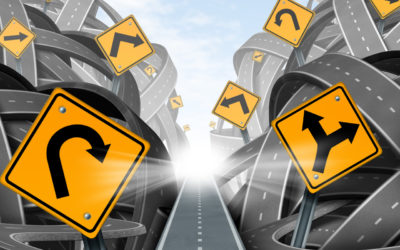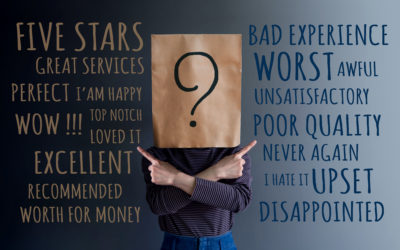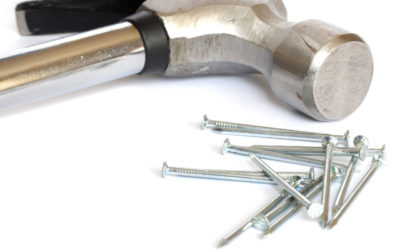I’m moving away from digital sharecropping and will be publishing more of my content on owned media properties. The first step is re-launching a blog. I’ll still publish on shared media platforms, but my goal is to keep the majority of my original work here on the blog.
Nicholas Carr, the American writer who has published books and articles on technology, business, and culture, was right-on back in 2006 when he discussed the economic concentration of content. Coining the phrase “digital sharecropping,” Carr postulated that businesses like MySpace and Facebook “…realized that they can give away the tools of production but maintain ownership over the resulting products.”
Speaking of the Web 2.0 shift a couple of years earlier, from which sprang the concept of democratization and user-driven content, Carr said, “One of the fundamental economic characteristics of Web 2.0 is the distribution of production into the hands of the many and the concentration of the economic rewards into the hands of the few.”
The Promise of Digital Sharecropping and Shared Media
Digital sharecropping inherently promises massive viewership if we’re willing to give up control of our content by placing it on shared media platforms like Facebook, Linkedin, and Twitter. Note that I said “shared media.” While you can create content on platforms like these, the platform itself is not something you or your company owns, so operating a Facebook, Linkedin, or Twitter presence isn’t owned media, it’s shared media.
In return for allowing us the luxury of leveraging their investments in innovation, people, and technology, the owners of those shared media platforms will reap the majority of the rewards from our work (ad revenue, free content, creating a “sticky” destination for users, etc.). That seems fair to me.
I don’t subscribe to the notion that my content posted on Facebook, Linkedin, or Twitter makes Mark Zuckerberg et al. wealthier or helps build their audiences and create more engagement on their platforms. I have no such illusions about the power of my opinions or writing!
My Experience With Digital Sharecropping
The impetus for embracing digital sharecropping and moving my content from a personal blog to Linkedin (I even pointed my domain name to Linkedin) was to reduce the expense and related time and effort of building and maintaining a website.
I found the ease of pushing content out on Linkedin to be a plus, but my full-length articles didn’t generate even a fraction of the engagement as the 1,300 character posts.
I also tried publishing to other sites within my domain of expertise, often at no charge. Those relationships proved prohibitive, with the site owner restricting my use of the published content, controlling the engagement with the content, and reaping financial benefit by showing advertising on the page where my material appeared. My goal was exposure and promoting my brand, but the outcome was less than expected.
What About You?
What’s your experience with digital sharecropping? Have you taken the approach I tried, where you move your content publishing entirely to a shared media model from an owned media model? Have you found the right mix of shared and owned media channels that deliver the desired results?
Please share your thoughts and experiences in the comments.
Delivering on the Promise of Personalization
The road to personalization success as promoted by marketing technology vendors, analysts, and others - all ostensibly with a dog in the race - is usually paved with rough, long, expensive toll roads. Here's what you need to know to deliver on the promise...
How to Create Digital and Customer Experience Success
Creating digital and customer experience success requires more thinking and planning, not more expensive marketing technology. Here’s what you need to know.
The Agency of Record: The Shift Is On to Specialized Agencies
The agency of record model is shifting to using smaller and mid-sized specialty agencies. The benefits include more specialized knowledge, increased value, more creativity, and better market knowledge. Is it time to fire your agency of record?
What is a Digital Strategist?
The marketing industry has been confused about the role of the digital strategist since the dawn of digital marketing itself. Here’s my take on the answer to the question, “What is a digital strategist, and what does a digital strategist do?”





0 Comments